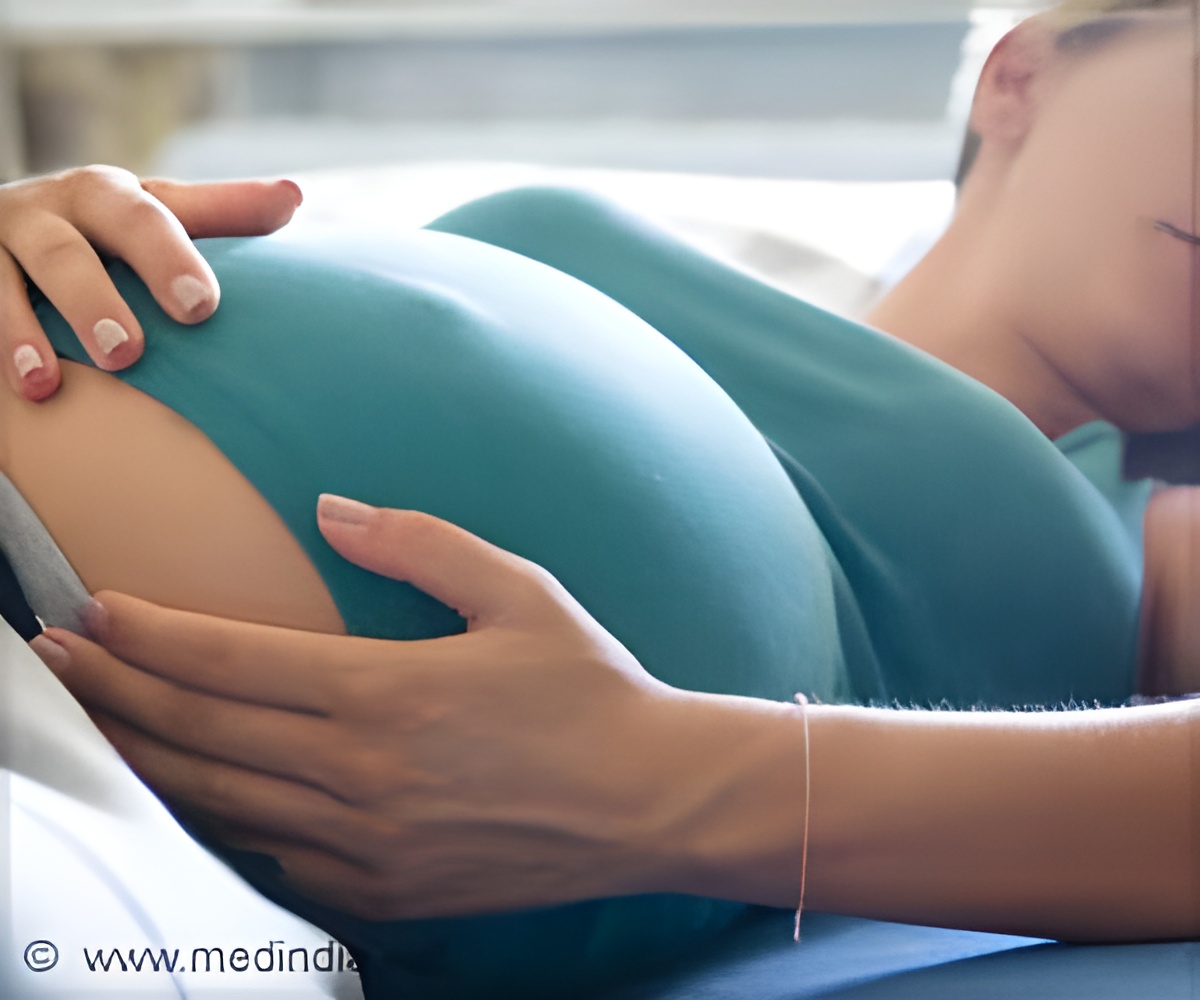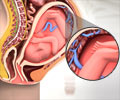
Acute response to pathogens in the early human placenta at single-cell resolution
Go to source). This work is part of the wider Human Cell Atlas consortium, which aims to map every cell type in the human body to transform our understanding of health and disease.
‘Employing innovative 'mini placenta' models, researchers mapped the placental reaction to infections during early development. #placenta’
Tweet it Now
Placental Pathways in Malaria, Toxoplasmosis, and Listeria Infections
The study, published in Cell Systems, focused on the pathways involved in malaria, toxoplasmosis, and listeria infection, all of which can cause pregnancy complications and miscarriage. It revealed that secondary inflammation may be the cause of pregnancy complications during these infections and uncovered that placental immune cells are likely to play a defensive role against pathogens.Future work focusing on identifying potential drug targets in the pathways that cause complications during infection could inform the design of more directed therapies to tackle infections in early-stage pregnancies.
Infections during pregnancy are a major global health concern affecting millions of people around the world. These infections can potentially cause maternal death, sepsis, and pregnancy complications, including miscarriage, foetal developmental conditions, low birth weight, and stillbirth.
Malaria, toxoplasmosis, and listeria are widespread infections that can lead to pregnancy complications. This is of particular concern in regions where these infections are more common. For example, in Sub-Saharan Africa and parts of Southeast Asia where the malaria parasite Plasmodium falciparum is endemic.
The placenta acts as a selective barrier during pregnancy, which allows nutrients to cross from mother to baby while blocking pathogens and toxins.
Advertisement
Despite the impact of infections during pregnancy, the pathways and mechanisms these infections use to cross the placenta are poorly understood, partly due to the limitations of laboratory models used and differences between humans and mice.
Advertisement
The researchers identified a type of fetal immune cell, known as a Hofbauer cell, that were activated in all three types of infection but in different pathways. This is the first time that placental immune cells have been shown to play a defensive role against pathogens in a model of the human placenta.
The team found that pathogens can infiltrate these immune cells. For example, T. gondii, the parasite that causes toxoplasmosis, is likely to use these immune cells to evade the ongoing immune response and travel around the body.
They also discovered that all three infections induced a general inflammatory response in the placenta which dysregulated placental functions. This suggests that secondary inflammation may be the cause of some pregnancy complications.
Targeting these inflammation pathways could lead to pregnancy-specific treatment for infections, which is not currently possible.
In addition to this, the ‘mini placenta’ models developed by this team can be used in future research to gain more insights into placental response to infections as well as wider placental changes during development.
Dr Regina Hoo, co-first author from the Wellcome Sanger Institute, said: “While infections during pregnancy have been known to cause complications, including miscarriage and stillbirth, very little has been known about the underlying mechanisms. Our research shows that even with pathogens that cannot cross the placenta, the secondary inflammation from the immune system may be responsible for disrupting foetal development. Identifying key processes involved with the inflammation pathway could help us develop pregnancy-specific treatments that minimise this in the future.”
Elias Ruiz-Morales, co-first author from the Wellcome Sanger Institute, said: “We discovered that placental immune cells called macrophages can protect the placenta against infections. This is the first time that placental immune cells have been shown to play a defensive role in early-stage pregnancy in humans, and that these immune cells can be hijacked by toxoplasma during infection. Understanding more about how the placental immune system works can help give new insights into pregnancy complications.”
Dr Marcus Lee, co-senior author from the Wellcome Sanger Institute, now at the University of Dundee, said: “Millions of pregnancies each year are potentially exposed to malaria, and understanding how the parasite adapts during infection and how the body responds will be important in improving outcomes. However, studying the interactions between pathogens and the human placenta is understandably incredibly difficult and therefore the development of new models, such as the placental tissue system we used in this research, are a much-needed step forward.”
Dr Roser Vento-Tormo, co-senior author from the Wellcome Sanger Institute, said: “By mapping the pathways involved in infection during early-stage pregnancy in single-cell resolution, and developing new placental models to study this, we hope that our research can be used by the research community worldwide to help develop new ways to understand and treat pregnancy complications that impact millions of lives every year.”
Reference:
- Acute response to pathogens in the early human placenta at single-cell resolution - (https://www.cell.com/cell-systems/fulltext/S2405-4712(24)00117-0)
Source-Eurekalert















